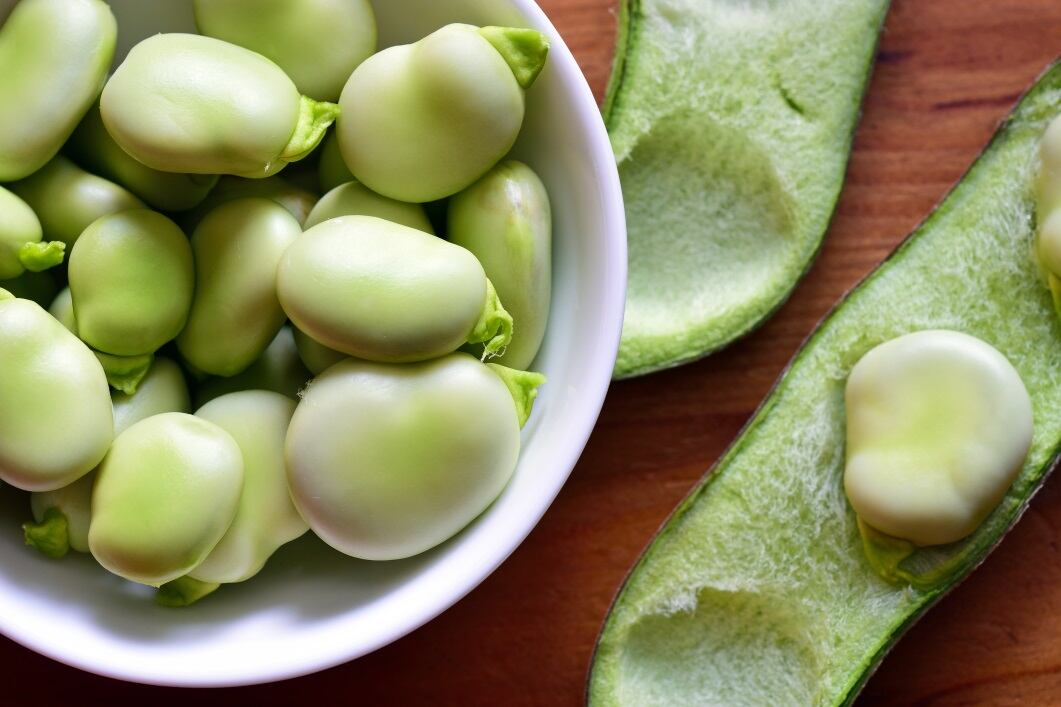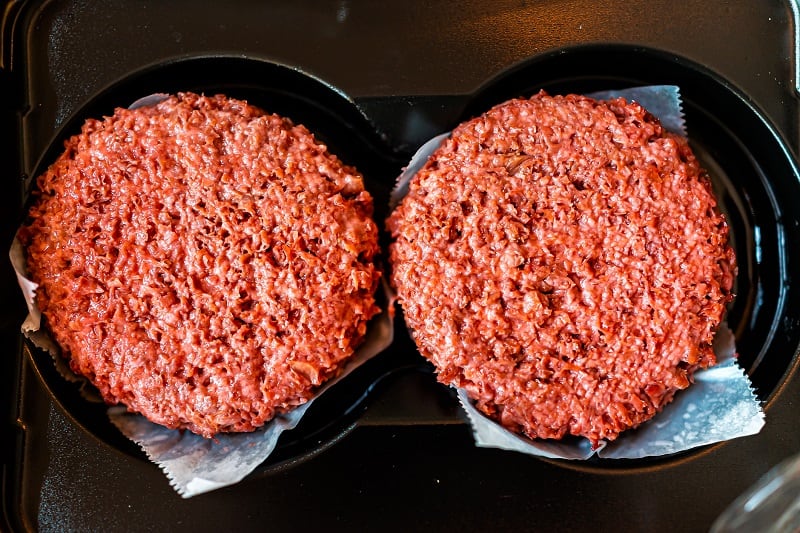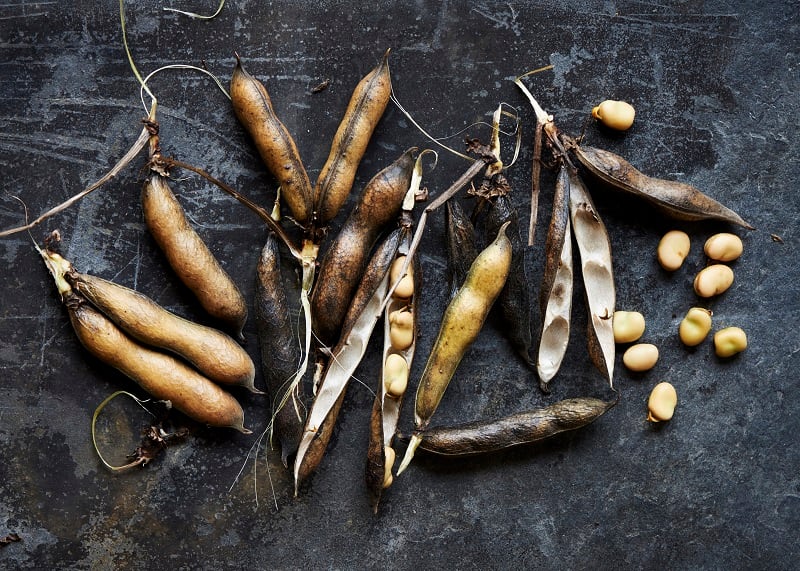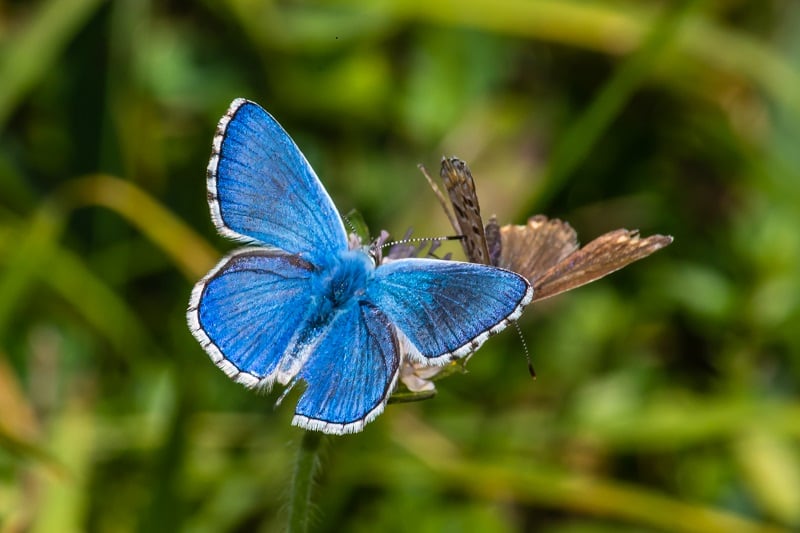Demand for plant-based alternatives to meat and dairy products continues to rise. Data from Mordor Intelligence forecasts that the European plant-based protein market is set to increase in value to €2.36bn by 2025, a compound annual growth rate of 7.4% over the next five years.
Mordor’s market analysis reveals that soy protein has the highest market share. Available in flour, concentrate and isolate formats, soy protein is ‘widely’ used in processed food, as a protein supplement or as protein drinks.
Alongside perceived health benefits, environmental concerns over the impact of animal production on climate is one of the major drivers of the plant-based boom. And there are some serious red flags over the environmental impact of soy cultivation, researchers from the University of Copenhagen's Department of Food Science have warned.
"Many consumers are crying out for alternatives to soy, a crop that places great strain on the environment,” said Iben Lykke Petersen, an assistant professor at the University of Copenhagen's Department of Food Science, and one of the researchers behind the new study published in the journal Foods.
'Consumers are critical of soy's environmental consequences'
Awareness of the negative environmental impacts linked to soy cultivation is rising. Defenders of the crop within the plant-based space are quick to point out that 90% of soy production actually goes into animal feed. Certainly, this is an inefficient use of soy protein. It takes 8-16lb of soybeans to produce 1lb of beef.
But behind beef, soy is the second largest agricultural driver of deforestation worldwide according to the WWF. In total, the area of land in South America devoted to soy grew from 42 million acres in 1990 to 114 million acres in 2010, mainly on land converted from natural ecosystems.
The vast majority of soy – 80% of global supply – is grown in the US, Brazil, and Argentina. These regions dwarf European production levels, with food miles adding to the commodity's carbon footprint.
The global trade in soy and associated environmental destruction have had ‘severely negative’ consequences for wildlife, biodiversity and CO2 emissions, the researchers noted.
"Another important factor is that, unlike fava beans, lots of soy is genetically modified to be able to tolerate Roundup, a herbicide,” noted Petersen.
Indeed, a study from Norway and the UK published earlier this year, found that elevated levels of glyphosate — the active weed-killing chemical Roundup — can be detected in GM soy.
Whether the use of glyphosate poses a health risk is much debated. In 2015, the World Health Organization’s (WHO) cancer agency, the International Agency for Research on Cancer (IARC), issued a report concluding that glyphosate is ‘probably carcinogenic to humans’. Subsequent studies by the European Food Safety Authority (EFSA) and the European Chemical Agency (ECHA) have concluded that there is not enough evidence to support the link between glyphosate and cancer risk.
The impact that glyphosate has on biodiversity loss - in particular its negative consequences for pollinator populations and soil health - is more clear cut.
“Within this context, many consumers are critical of soy's environmental consequences," Petersen suggested.
Searching for a climate friendly alternative
The perceived problems with the current soy supply sparked a search for a less environmentally damaging protein crop that would deliver comparable functionality, the Danish scientists revealed.
“This prompted us to find a method of processing fava beans in such a way that allows us to produce a concentrated protein powder. One of the advantages of fava beans is that they can be grown here, locally in Denmark. This is excellent news for the climate," Petersen said.
The study's authors tested various crops, looking for those with the greatest potential as a protein powder, while also being able to be grown locally. Here, fava beans outperformed lentils, amaranth, buckwheat and quinoa.
Fava beans are better suited for climate considerations because they can be cultivated locally and are therefore not associated with deforestation, the researchers noted.
‘Incredibly unique’ production method unlocks protein
In order to concentrate the fava bean protein and remove substances that would inhibit digestion, the researchers used an ‘incredibly unique’ method known as ‘wet fraction’. This allows nutritious fava bean proteins to be more readily absorbed when consumed.
"Wet fractionation is accomplished by milling beans into a flour, and then adding water and blending the mixture into a soup. Thereafter, it becomes easier for us to sort out the less beneficial substances and produce an optimized product," explained Petersen.
"Our results demonstrate that this method significantly increases protein content. Furthermore, through our tests, we can see that this protein is nearly as readily digested as when we break down protein from animal products, such as meat and eggs,” she added.
With an eye to product development, the research team also looked at the colour, taste and texture profile of the protein ingredient they developed.
Here too, they concluded fava beans can compete with soy and other plant-based protein alternatives.
Petersen said that when fava beans are processed correctly, their proteins retain their naturally bright colour, along with a neutral taste and good texture.
"Manufacturers prefer a product that is tasteless, has a neutral colour and a firm texture. Fava beans check each these boxes, unlike peas, which often have a very bitter aftertaste," she concluded.
Source
'Comparison of Faba Bean Protein Ingredients Produced Using Dry Fractionation and Isoelectric Precipitation: Techno-Functional, Nutritional and Environmental Performance'
Foods
DOI: http://dx.doi.org/10.3390/foods9030322
Authors: Martin Vogelsang-O’Dwyer, Iben Lykke Petersen, Marcel Skejovic Joehnke, Jens Christian Sørensen, Juergen Bez, Andreas Detzel , Mirjam Busch, Martina Krueger, James A. O’Mahony, Elke K. Arendt, Emanuele Zannini




